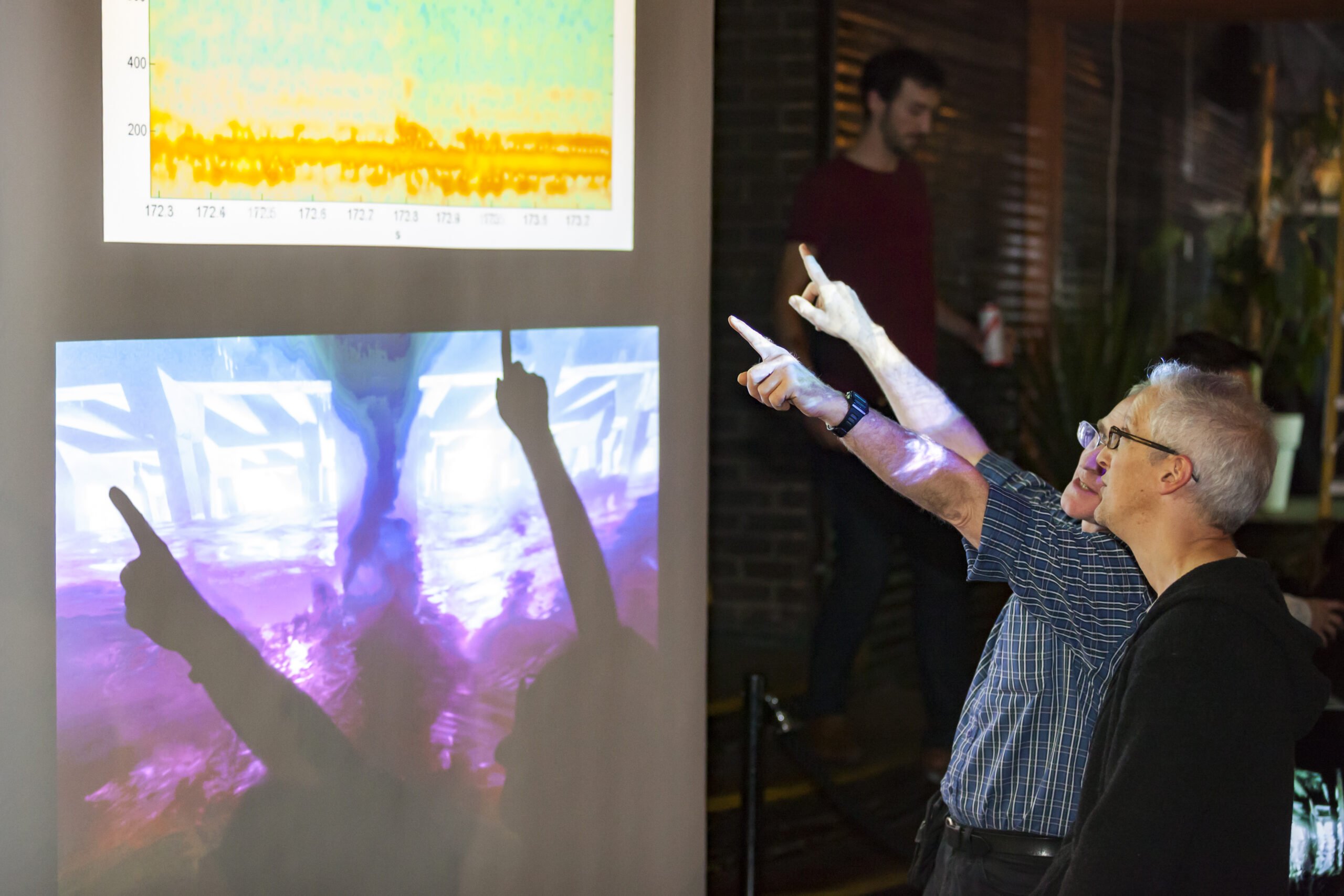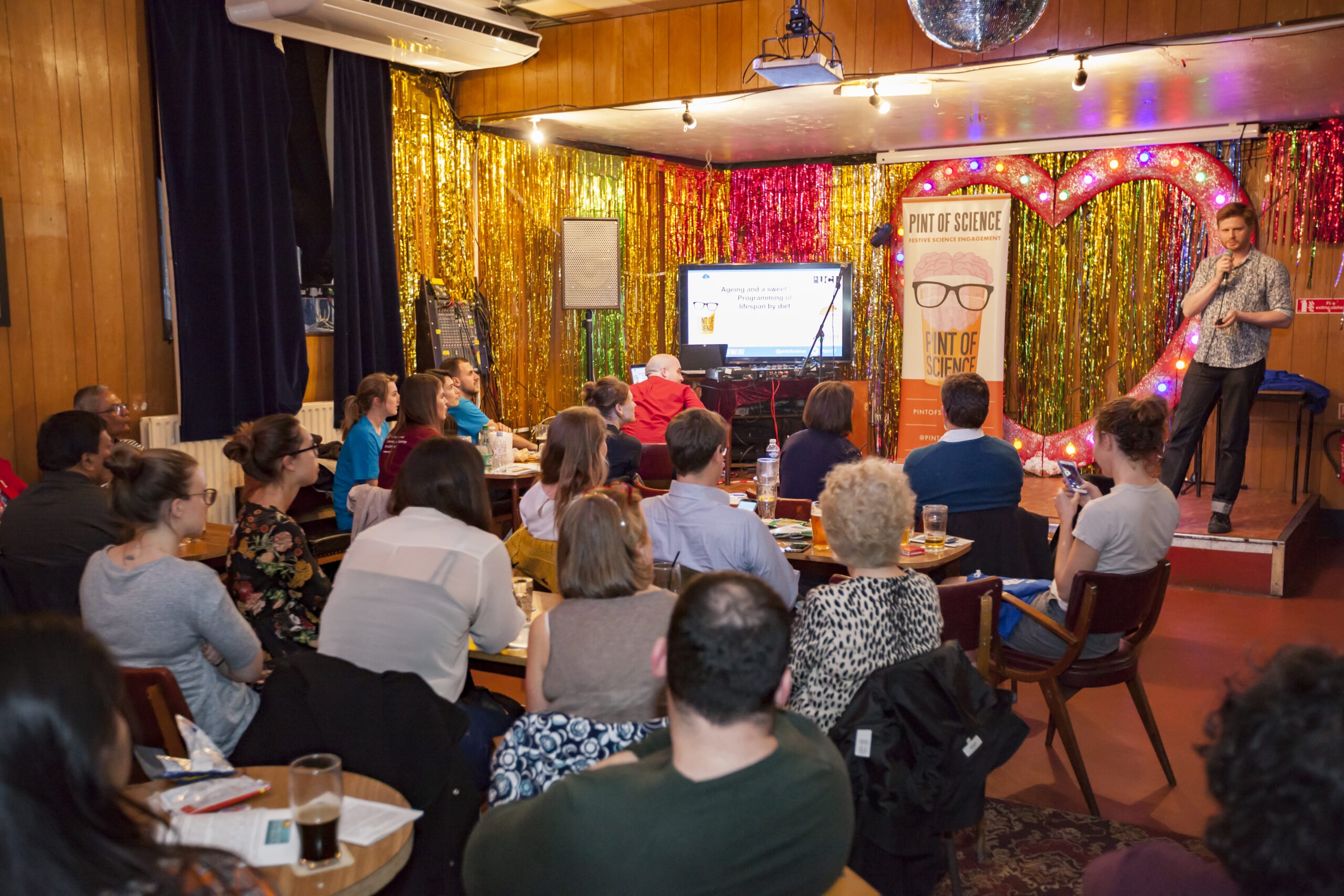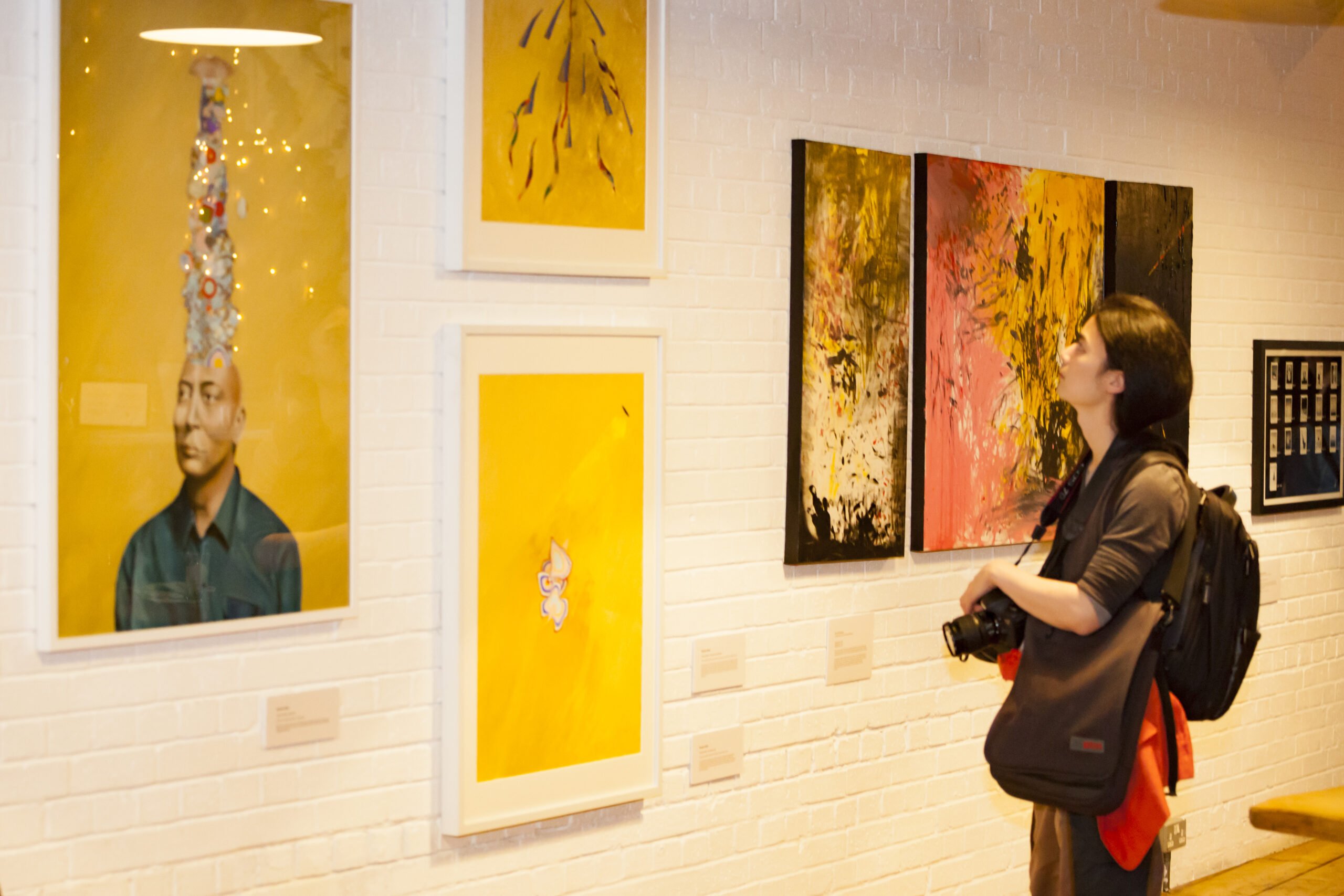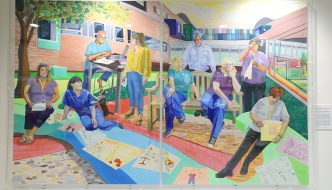
Source: Pint of Science
Pint of Science is a grassroots festival that organise scientist-led events to relaxed, public environments across the country. Alex Wakeman helps coordinate the festival’s programme in Leeds and has written a guest article for TSOTA on how we can improve the way science is communicated.
***
At some point during the amorphous time-void of early pandemic Britain, a certain phenomenon began to regularly make an appearance in daily life. Sometimes indirectly implied, sometimes directly discussed, almost always poorly understood. On TV, in newspapers, on Twitter, in your weekly Zoom call with your nan – “Have you heard? The Science has changed again.” Microsoft Word is trying to get me to change that last sentence. The blue line tersely suggests that I simply meant ‘Science’. What Clippy’s faceless, algorithm-charged successor fails to understand is that it was ‘The Science’ that people were talking about; that ever-present, ever-knowing deity, upon whose benevolence modern life is built, who had changed its mind and decreed from its unseen seat in the ether that now hand washing didn’t matter so much, but you should definitely start wearing a mask.
These changes often came as a surprise to most of us. Only a minority took their shock to the extent of accusations of conspiracy. Yet the mild, but accepting confusion of most people likely contributed to the extremely muddied waters of what we were actually supposed to be doing to stop the pandemic. At some level, most of us would probably add immortality to The Science’s god-like qualities. The Science is a stalwart of fact, almost comforting in its unmoving certainty – so how could the facts have changed?
Outside of the pandemic, you can probably remember other times scientific fact has appeared to change. Maybe you remember that fateful day when The Science decided that Pluto wasn’t a planet anymore, and you’re probably sick of being smugly informed that “actually dinosaurs had feathers”. The typically puzzled response to all of these examples stems from an enormous misunderstanding: Science does not deal with facts, it deals with data.

Source: Pint of Science
Every single scientist in the world could broadly classify their work into two acts:
- Collecting data
- Interpreting data
The data could be the number of stars in a portion of the sky, or the number of leaves on a plant, it could be terabytes of meteorological data, or it could be micrograms of nanoparticles; the job of an astronomer/botanist/climatologist/biochemist is to collect data then interpret it. The Science therefore changes either as the result of new data, or a new interpretation. Indeed, almost every ‘scientific fact’ throughout history has now been proved partially or entirely wrong. Most scientific knowledge of Classical Greece, of The Renaissance, of Colonial Europe is no longer true. There is a 21st Century arrogance in believing that one day, the same will not happen to many things we call facts today. Perhaps it would help to think of ‘science’ as a verb rather than a noun. It is not a static object, but an active pursuit.
Changing science is not a problem, it is inherent and inevitable. However, this fantastically fluid nature of scientific knowledge does present problems when it comes to communication and understanding. Science has a more direct impact on the average life than any other time in history. Vaccine development, solar panel efficiency, phone battery size… you don’t have to reach very far to think of scientific changes occurring right now, that directly impact the way you live.
I believe that most people are naturally inquisitive and want to understand the world they live in; there is a reason that YouGov found Planet Earth II to be the UK’s most beloved TV show of all time.

Source: Pint of Science
So how do scientists communicate something that is both complicated and ever changing to the general public? The answer is certainly something different to what we are currently doing.
The majority of people will learn about the most recent science either through news outlets (websites, TV, newspapers) or through social media. These sources are woefully underequipped to properly communicate the complex and fluid nature of science. I just read an academic paper called ‘Climate effects on archaic human habitats and species successions’. The primary audience of this paper is other scientists in that area of expertise, so it is typically dense and uses niche vocabulary. For those who don’t know, a paper is the principal method scientists use to publish new discoveries. It contains data and interpretations of that data (often the result of years of work and requiring the contribution of many people), which is then exhaustively reviewed by other scientists.
This paper is around 10,000 words long, which is pretty standard. A much more readable news article on the findings of the paper called ‘Record-breaking simulation hints at how climate shaped human migration’ was also recently published and is around 1,000 words long. At time of writing, the paper has only just been published, but of the currently available tweets I can find on it, none are longer than 17 words. At 10% of the length of the full paper, it is likely the news article can only contain a tenth of the detail, a tenth of the nuance. Even the most eloquent, efficient use of ten percent of the words will fail to communicate all the details, caveats and context. Viewing a tweet, which is 0.2% of the length of the paper, it becomes clear how misinformation spreads so easily. At a time when cutting edge science has a greater impact on the average person than ever, we are also experiencing a small but significant global trend of science skepticism (anti-vax, flat earth, etc.).
We need to communicate science better.

Source: Pint of Science
Of course, the arts have millennia of experience in communication. If we can communicate an abstract feeling of dread, or an ethereal thumbprint of our imagination, or the shadow beneath the eyes of someone with whom we are passionately in love, then perhaps there is a better way to communicate why the first COVID-19 vaccines were produced in 8 months, instead of 8 years.
An intersection between science and the arts is not a novel idea. However, it typically exists in a rather useless middle-ground, in which an uninspiring result, along the lines of a painting of a DNA helix, has neither the precision and rigour of great science nor the captivating, thought-provoking beauty of great art. And when it is successful it is still too often relegated to mildly amusing oddity; too often I have seen genuinely fantastic intersections of science and art discussed by both scientists and artists as something that couldn’t hope to be anything more than a quaint novelty.
To refer back to the paper-news-twitter problem, almost no one is going to read a paper, even if people had the time and interest, that isn’t their purpose. Few might read the news article and many more will see the tweet. We do not need to replace the input end of this chain (i.e. the papers), only the output (the articles and tweets). We must find a way to utilise performance, interpretation, sensory stimulation and abstract thinking to communicate the way our world works. A robust improvement and modernisation in science communication is needed and performance, artistic expression and an exploration of a wider range of creative mediums could be part of this solution. It doesn’t need to be better than an academic paper, but surely it can be better than a tweet.
The Pint of Science 2022 Festival is taking place between 9th and 11th of May. The aim of the festival is to invite scientists into pubs and bars to present engaging, casual talks on cutting-edge research from their area of research. This year more than 15 events, on a range of topics are being hosted around Leeds, Manchester, Sheffield and more; information and tickets can be found at pintofscience.co.uk/events/leeds.




Comments